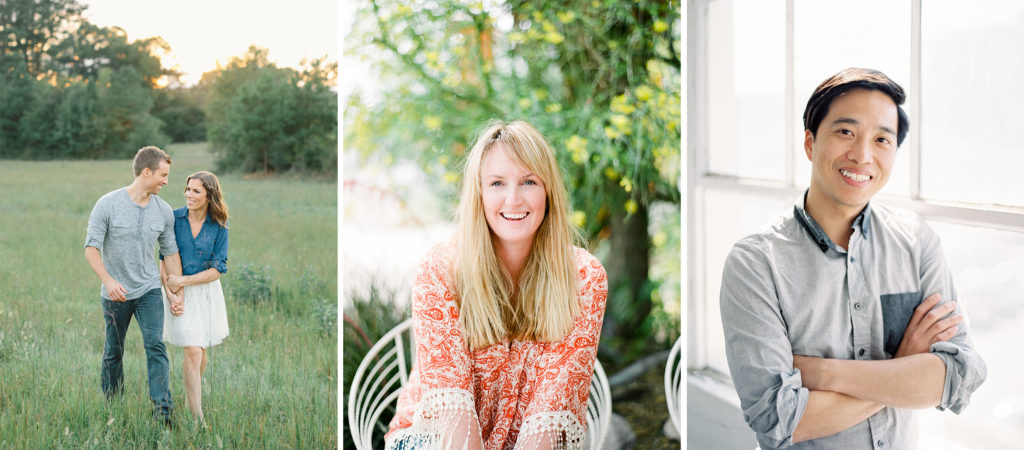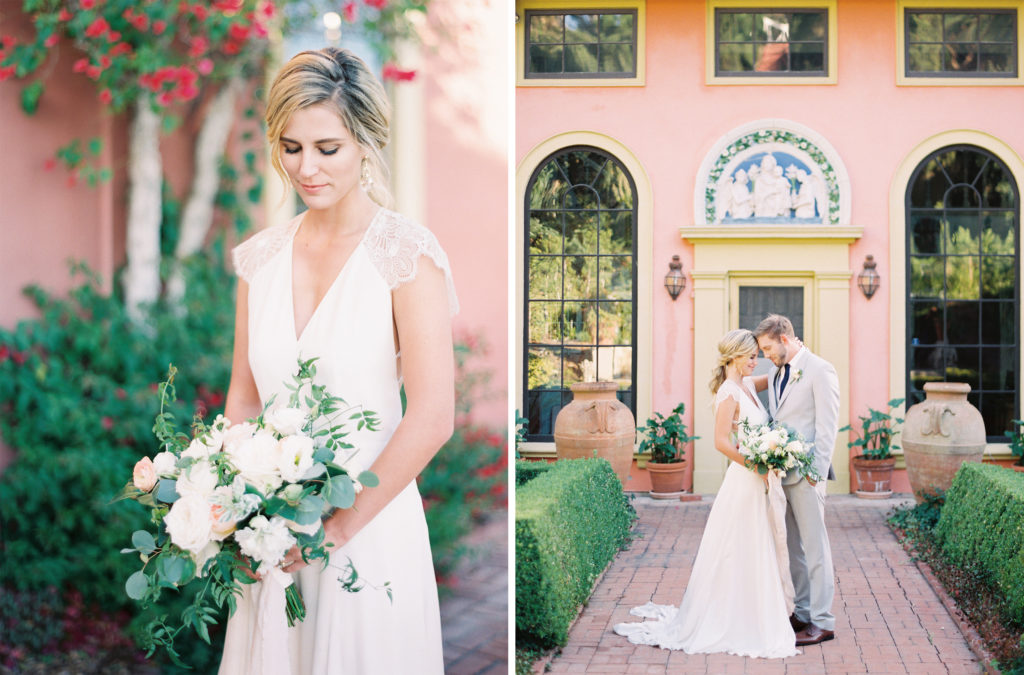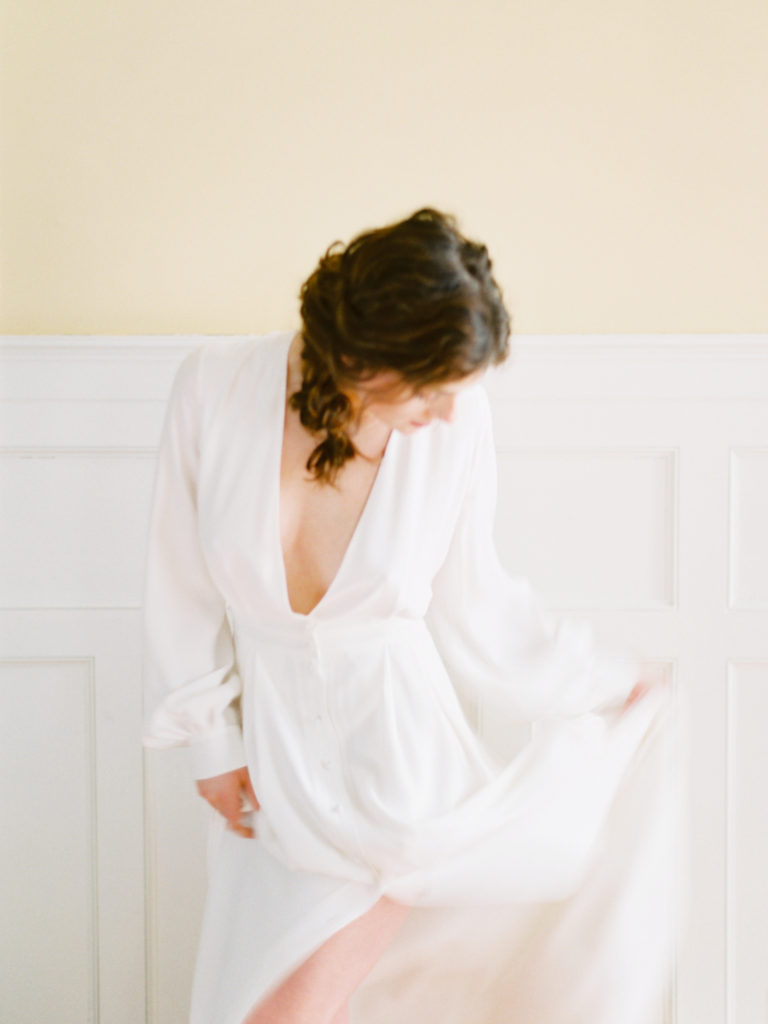In case you missed it, we started a new advice blog post series! Throughout the year, we’ll be sitting down with special guests to discuss photography-related topics. This month, we sat down with Robert and Tiffany of Rustic White Photography, Jackie Fox of J. Harper Photography, and William Trang of William Trang Photography to talk about outsourcing!
How did you choose theFINDlab for outsourcing?
We had been testing on and off with different labs and editors for a few years before crossing paths with theFINDlab. The biggest hurdle when working with any lab or editor is consistency. First you have to understand that it takes time and a lot of communication with your lab to even begin to build a base for consistency in your personal style, and when we came across theFINDlab the communication with both the staff and editors was fantastic. -Rustic White Photography
The team at theFINDlab encourages a foundation of professional exchange that is, in my opinion, unparalleled. I have tried other resources to help with my outsourcing and found that my questions went unanswered and the product didn’t meet my wishes, aesthetically speaking. -J. Harper Photography
It made sense to have the same people I trust to develop and scan my film to also edit my digital images to match those film scans. To maximize efficiency and minimize one-off decisions, I decided to go with theFINDlab, as they became my one-stop shop for my business. And, I buy film from them as well. –William Trang Photography

Rustic White Photography | Canon 5D III | 50mm 1.2
What is the biggest benefit you gain from outsourcing?
Unequivocally time, which is our most precious commodity. We have two young daughters we want to spend as much time with as possible, and if we are not with them then we want to be on a shoot. The more time that we dedicate behind our computers the lower our per hour rate becomes for each job. We are evangelists for efficiency and running an efficient business, and being able to hand off our post production not only frees us to take on more jobs, but helps us dedicate more time to deciding what jobs to take since we are not in a constant state of playing catch up. -Rustic White Photography
Motherhood, y’all. The time that I spent editing 15-20 weddings/year (plus 50-60 portrait sessions) was eating away at the precious hours I had with my children. I found myself overly controlling of my images and wanted everything to be perfect for my clients, so I felt that nobody else could mimic my style exactly. After matching up with the perfect editor for my style, I could finally let go of that overwhelming feeling of mistrust and let my projects unfold in someone else’s capable hands. -J. Harper Photography
Outsourcing allows me to spend more time on the things I’m passionate about like photographing, enhancing business processes, and marketing. By leaving scanning and editing to experts I trust, I can focus on other parts of my business. I know it would take me twice as long to do what they do. And because time is limited and I simply can’t do everything, I’ve mastered the ability to delegate and empower. Outsourcing is critical to my business’ success. –William Trang Photography
How do you keep your aesthetic while outsourcing?
This is certainly the most difficult aspect of outsourcing and requires tremendous communication on the photographer’s behalf. I find when beginning with any editor or post house it helps tremendously to build a collage of your work or inspiration work that draws in colors and aesthetics you like. As you begin working on projects together you can’t be shy about giving honest feedback. Side by side image edits have always been a great tool for us when trying to show an editor small adjustments we made to an image to bring it closer to our personal aesthetic. -Rustic White Photography
Communication has been key! I attended a workshop where, for the first time, the importance of the photographer-lab relationship was made crystal clear. I always assumed my phone calls/emails should be kept to a minimum when collaborating with my lab/editor, but the truth is that at theFINDlab, they WANT to hear from me and their commitment to achieving my ‘look’ is what has kept me loyal to them! -J. Harper Photography
I uphold my aesthetic through constant communication, feedback, and trust, and I’d love to share what I’ve learned: first, you need to have a strong sense of your style, but also be open-minded, as your style may evolve over time. Second, you must trust the people and the process. Developing your look that doesn’t happen overnight, but you don’t have to do it alone. Having a team that constantly helps you and provides feedback will help you strengthen your style. And as your aesthetic evolves with time, be sure to let your editor know so s/he can grow with you. Give feedback and seek it too. As with any relationship, communication is key. –William Trang Photography
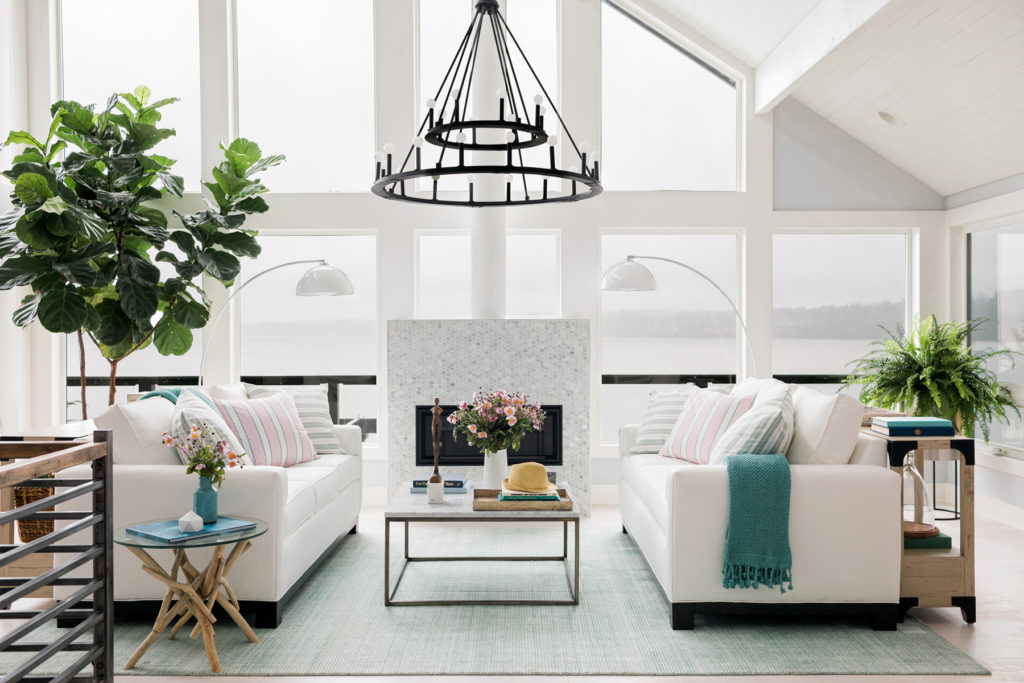
Rustic White Photography | Canon 5D IV | 35mm 1.4
What recommendations do you have for those who are worried about adding the cost of outsourcing to their overhead expenses?
When you’re starting out and your rates are low this is a tough cost to eat because you don’t have much wiggle room to stay in the black. We spent years in and out of post houses where we would spend a few hundred dollars on projects and receive the images back only to have to re-work them ourselves. It was hard to not only lose the money, but to lose the time. Many times we would take breaks from outsourcing because it seemed too difficult to find anyone who could deliver our aesthetic consistently. The trade off with this became as we kept our post in-house we would have to take on fewer projects because we simply didn’t have the available hours to add shoots and get through all the post on time. Over the past few years working with theFINDlab we’ve not only been able to add more shoots, and complete projects in less time, but we’ve been able to expand our business into shooting interiors and editorials as the available time has given us opportunities to learn and hone our craft in these markets. It really comes down to looking through your business, identifying your strengths, and deciding whether a job is better performed by you or better outsourced. -Rustic White Photography
I would say this: your time is of huge value. Maybe you don’t agree, but I guarantee that there are people in your life who want to see more of you. And, for them, it’s worth the investment. Start by outsourcing 3-5 weddings/year and most of your portrait sessions and just feel the lightness that a weekend off gives back to you. I know not everyone has children at home, but to my mamas and papas out there who are fighting the good fight, stop hesitating with this. It’s the best professional decision I’ve made for my children and my marriage! -J. Harper Photography
You’re exchanging money for time, and the math doesn’t lie. If you outsource editing, my recommendation is to do two calculations: 1) dollars per hour for a shoot that includes all your hard costs and time it takes to photograph and edit 2) dollars per hour for a shoot that includes all your hard costs and time it takes just to photograph. For example: Consider option A) you earn $400 for a shoot that takes 2 hours to shoot and 2 hours to edit. The hard cost is $40. So your $/hr = $360/4 hrs = $90 per hour; and option B) you earn $400 for a shoot and it takes 2 hours to shoot and 0 hours to edit. While the hard cost doubles to $80, your $/hr = $320/2 hrs = $160 per hour (and now 2 hours to do whatever you want). I’d choose option B any day. You’d be surprised once you do the calculations; you can make more money in less time. –William Trang Photography
What technical advice would you give to someone wanting to outsource?
You cannot rely on your post house to fix bad imagery. There is a lot that can be done in post to make a bad capture usable, but they cannot turn a bad image into a great image, and frankly that’s not a fair expectation. For a post house to deliver consistent edits you need to give them consistent captures. This comes down to how you expose, the color palette you like to work within, and a handful of other elements that build your personal style. Lastly, don’t be afraid to ask for feedback from your scanner or editor. As they develop an understanding of your personal style they can also help guide you in how you can adjust your capture to better serve them in refining that style on the backend. –Rustic White Photography
Shoot your events/sessions as if you were going to edit them; this makes it simple to adjust your preferences with your editor if you have clean, near-perfect exposures. -J. Harper Photography
Use a spreadsheet to calculate your profit relative to your time invested. Your time is so valuable so there’s an opportunity cost when you spend your time on something you don’t love or something that you’re not an expert in. That in turn takes time away from other opportunities where your skills or passions can thrive. And that’s why I outsource; I truly value my time. Use a spreadsheet to better understand your numbers and how much your time is worth. Once you understand that, the value of outsourcing will be clear. –William Trang Photography
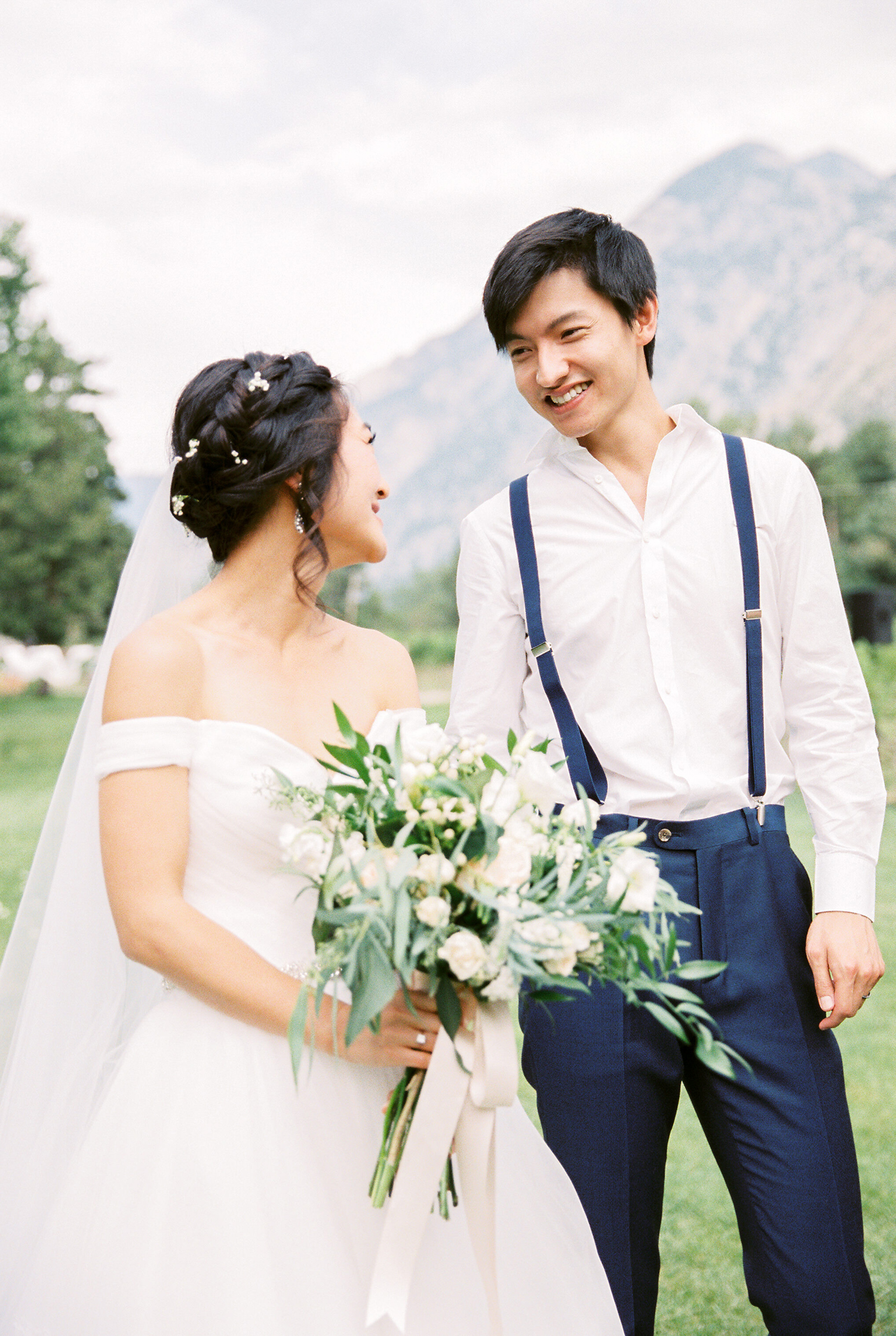
William Trang Photography | Fuji 400H | Canon 1V
A huge thank you to Rustic White Photography, J. Harper Photography, and William Trang Photography for sharing their time and thoughts with us! We hope these insights help you as you navigate through your busy season!
